"Take a deep breath and remember that your hair journey is unique and beautiful; embrace each moment and find joy in the process."
the relaxing art of braiding hair: a journey through culture and comfort
When I think back to the countless afternoons spent with my mother, one memory stands out: the rhythmic motion of her hands braiding my hair, the soothing tug on my scalp, and the stories she would weave into every strand. Braiding hair is more than just a style, it's a deeply rooted tradition that transcends generations and cultures. It's a moment of connection, meditative practice, and a source of relaxation.
The Cultural Meaning of Binti's Hair
Born Congolese from a Hemba (tribe, father) and a Luba (tribe, mother), I was often reminded of what the name "Binti" means. In my father’s tongue, Binti simply means “Daughter or girl” With this meaning in mind, I dreamed of creating a brand for myself, therefore Binti’s Hair or “Daughter’s or Girl’s Hair” came to life. Braiding hair is a practice steeped in history and cultural significance. Across my two blended cultures, braids have symbolized various aspects of identity, from social status to tribal affiliation. In the Hemba cultures, for instance, the unique Styles worn by a clan member might indicate whether they are a member of the Hemba tribe. The tribe may be distinguished from nearby ethnic groups by their fashions, which frequently feature elaborate braiding designs exclusive to the tribe. Therefore, Clan Symbols may be included in their hairstyles to show the markings or patterns that are characteristic of particular Hemba clans, assisting in the determination of ancestry.
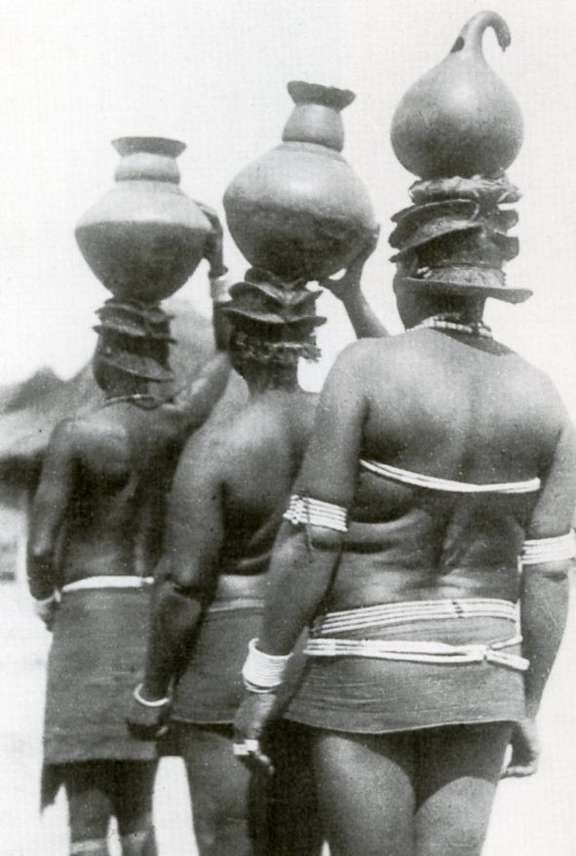
Why use braiding as a relaxing activity?
So, what makes braiding hair such a relaxing activity? The answer lies in the tactile sensations and repetitive motions involved in the process. Here are a few scientific reasons why braiding can be so calming:
Tactile Stimulation: The gentle pulling and weaving of hair stimulates nerve endings on the scalp, which can trigger the release of endorphins—natural chemicals in the body that promote a sense of well-being.
Repetitive Motion: The repetitive nature of braiding can induce a state of flow, a mental state in which a person is fully immersed and focused, often leading to relaxation and stress reduction.
Social Bonding: Braiding is often a social activity. Whether it’s a mother braiding her child’s hair or friends braiding each other’s, this act of physical touch and shared time fosters emotional bonds and a sense of security.
My Mother's Healing Touch
One of my fondest childhood memories is of my mother braiding my hair every Sunday afternoon for my Monday classes. She would sit me down on the floor, and with delicate fingers, she would part and weave my hair into intricate patterns. As she worked, she would tell me stories—tales of her childhood, folklore, and family histories. The act of braiding became a cherished memory, a time for bonding and storytelling.
My mother’s touch was incredibly soothing. The rhythmic motion of her hands, combined with the sound of her voice, created a cocoon of calm around me. I remember feeling the tension melt away from my body, replaced by a profound sense of relaxation and comfort. These moments were more than just about hair—they were about connection, love, and tradition.
How to get the best braiding experience?
As far as I can remember, my mother would use some tactics to lure us, my sister and I, into the most trusted, relaxed, and joyful atmosphere to braid. Today, I would like to share some tips on how to create the perfect atmosphere for a relaxing braiding experience to the best of my memory and ability. Creating a relaxing braiding experience involves more than just the act of braiding itself. Here are some tips to enhance the experience:
Set the Mood: Choose your most comfortable place, with soft lighting, select your best music playlist, a movie, or even a podcast that can help create a peaceful atmosphere. My mother would put a movie, but not any kind of movie, but a Nollywood movie with life lessons included to advise and interact.
Incorporate Scalp Massage: Before starting the braid, consider giving a gentle scalp massage. This can help you relax or help the person and prepare the scalp for braiding. As far as I can remember, my mother would use a type of oil (palm oil) to massage the scalp and prepare for the session. Though the smell was strong, I sure enjoyed its benefits.
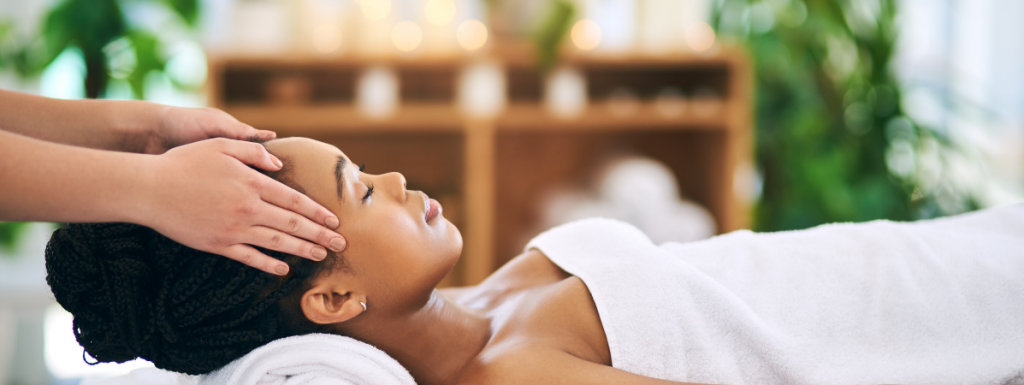
Use the Right Tools: Make sure to have all the necessary tools at hand—combs, hair ties, and moisturizing products. Well-preparedness can make the process smoother and more enjoyable.
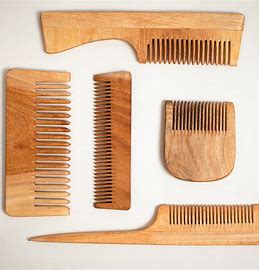
Take Your Time: Don’t rush. The goal is to enjoy the process. Take your time to part the hair neatly and weave each section carefully. Taking your time while braiding yourself or others is something I got from my mother, as she would take her time to perfect those lines, which will enable me to go on for a longer period with the hair.
Communicate: If you’re braiding someone else’s hair, communicate with them. Ask them how they feel and if the tension is comfortable. This ensures a pleasant experience for both of you. My mother would ask questions about how I was doing if the braids were hurting, she would tell us about her times in her proud youth and advise us on the best to take from life.
The Versatility of Braids
Braids are incredibly versatile and can be worn in numerous styles suitable for different occasions. Here is my favorite type of braids.
Box Braids: These are individual braids often created using synthetic hair to add length and thickness.
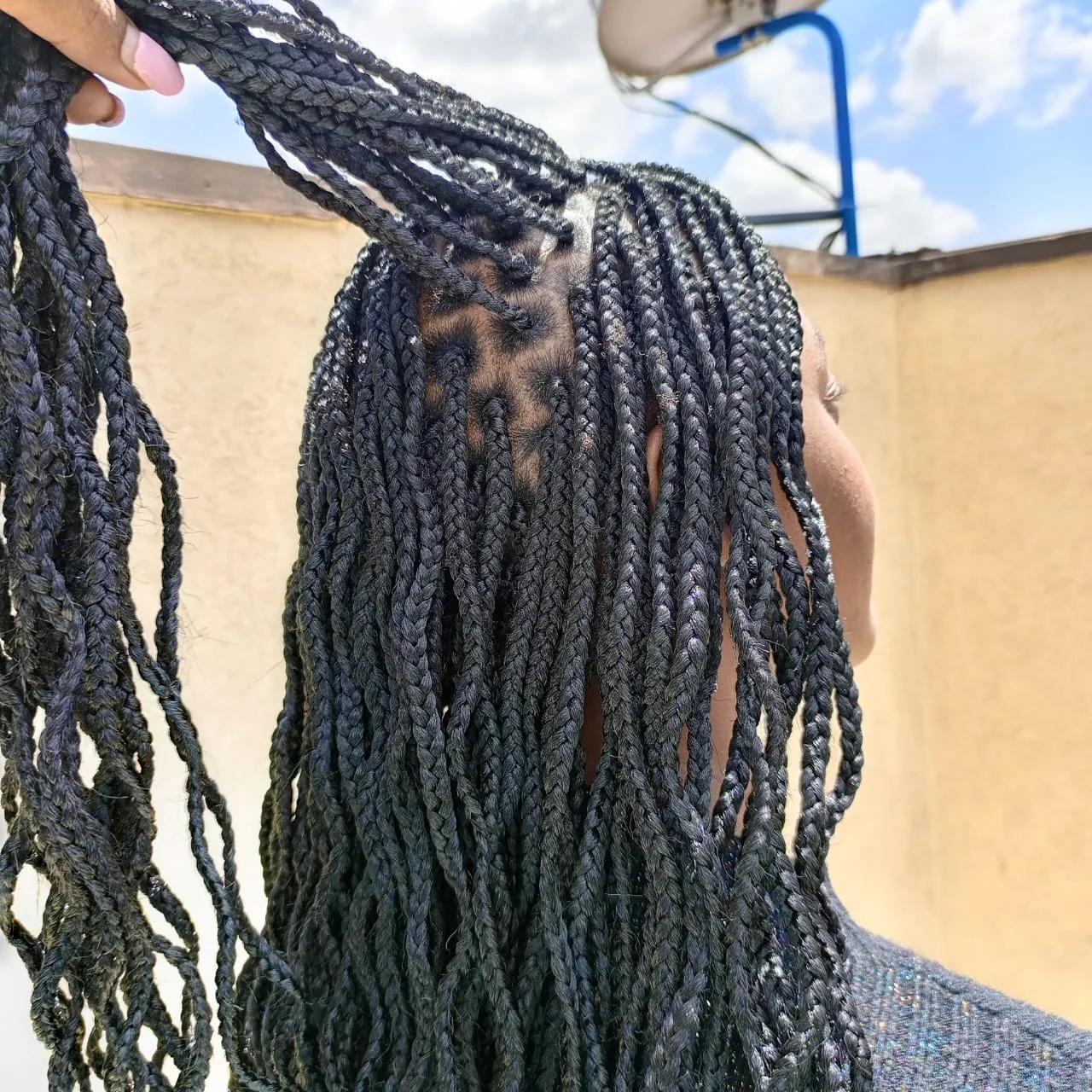
Cornrows: Braids that are closely woven to the scalp, forming rows and created by adding the hair extension as the braiding process follows the scalp.
Senegalese Twist: Until there is no more hair to twist, two sections of either synthetic or real hair are twisted together. The natural kind of twist is my favorite.
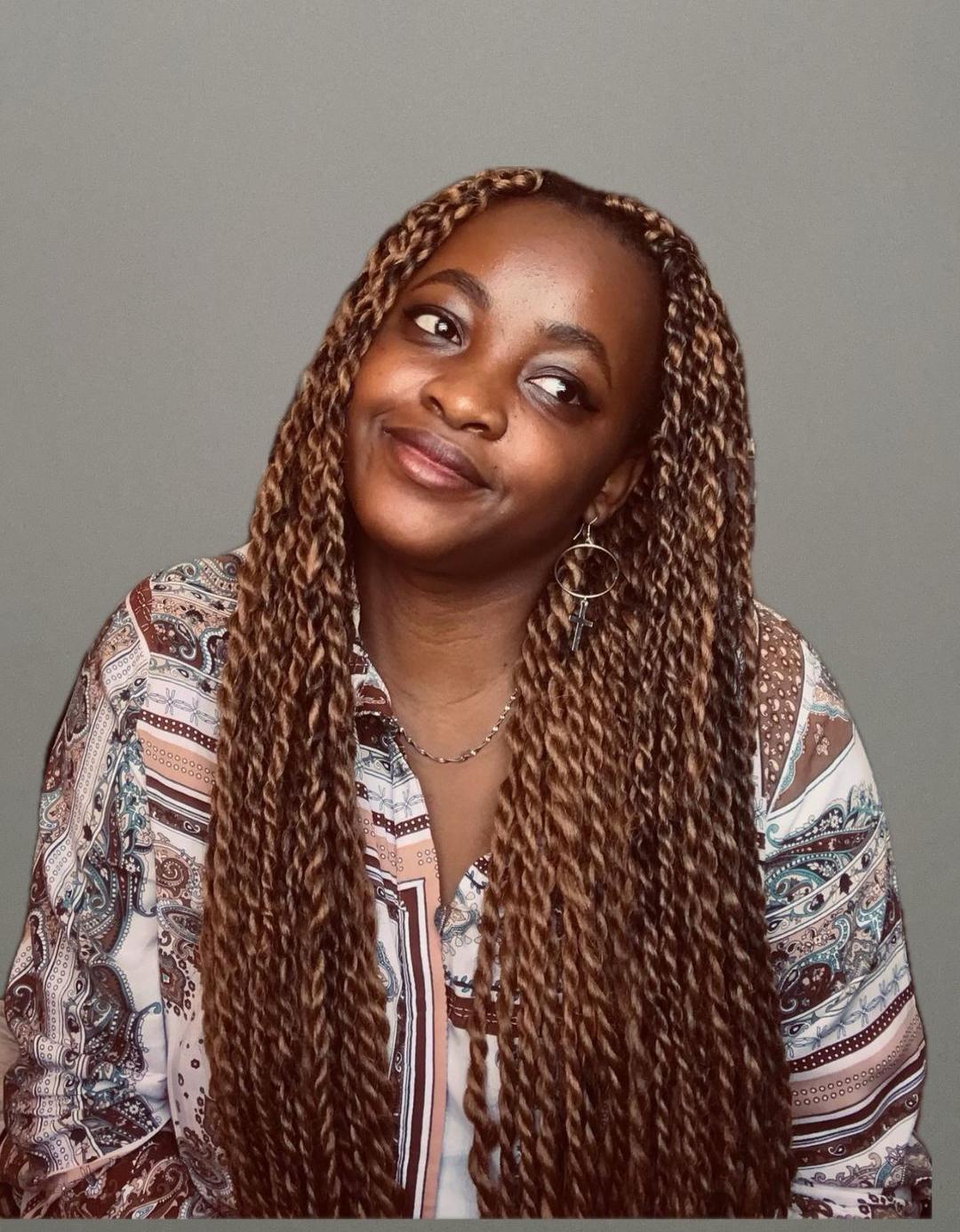
Kibakuri: this could be done with natural hair or with synthetic extension. It is a type of cornrow hairstyle, the term Kibakuri (Swahili name for a bowl, and the style portrait an inverted bowl).
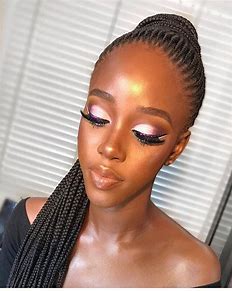
Do you have a favorite hairstyle? Send us your responses through our platforms down below.
Common questions asked about braiding
Q: Does braiding hair cause damage?
A: When done correctly, braiding should not damage your hair. It's important to avoid braiding too tightly and to give your hair breaks between braiding sessions to prevent stress on the scalp and hair follicles.
Q: How long can I leave my braids in?
A: This depends on the type of braid and the care you give your hair. Generally, braids can be left in for several weeks, but it’s important to keep your scalp clean and moisturized during this time.
Q: Can braids help with hair growth?
A: While braids themselves do not directly promote hair growth for certain types of hair, they can help protect your hair from breakage and damage, potentially leading to healthier hair that can grow longer.
What’s Your Braiding Story?
I would like to hear from you! What are your fondest memories of having your hair braided? Do you have any tips for creating a relaxing braiding experience? Share your stories and tips in while browsing our social media platforms down below!